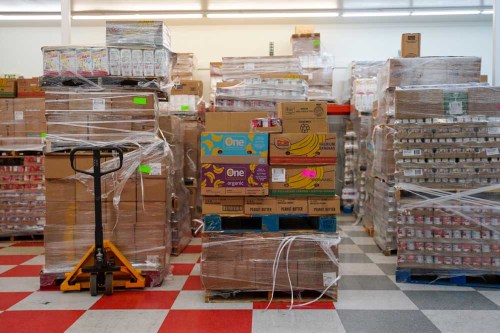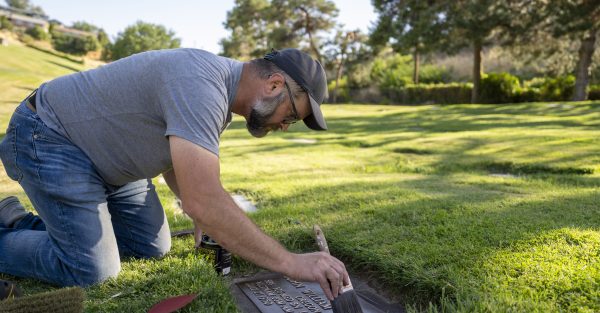Northeastern Oregon food bank sees increase in demand
Published 7:00 am Thursday, June 30, 2022

- Pallets full of food sit within the storage facility of Community Connection of Northeast Oregon Inc. in Island City. The regional food bank, which services Grant, Union, Baker and Wallowa counties, has seen a small increase in demand as the holiday season approaches.
LA GRANDE — More people have been relying on the regional food bank this spring in Union County, mirroring the trend seen across the state, according to the Northeast Oregon Regional Food Bank — a service of Community Connection — and the Oregon Food Bank.
Two types of food assistance boxes are offered by the regional food bank: fresh food boxes and traditional food boxes. Fresh food boxes — produce boxes, harvest share boxes or fresh alliance boxes — can be picked up daily or weekly depending on the location. Traditional food boxes, which include shelf-stable items, are offered only once a month.
Trending
In Union County, the average number of people accessing fresh food services increased by 28% in April and May compared to the average across January, February and March. In comparison, traditional food boxes increased by only 10% in the same time frame.
“What this tells me is that people are needing to access the food bank more frequently,” said Audrey Smith, regional food bank manager for Community Connection of Northeast Oregon.
Susannah Morgan, chief executive officer of the Oregon Food Bank, told Oregon Public Broadcasting the trend is due to two factors. First, federal benefits provided during the pandemic — stimulus checks, expanded unemployment, additional money for the Supplemental Nutrition Assistance Program and more — have been ending across the county. The second factor is inflation, with rising food costs and gas prices leading more people to need assistance.
The regional food bank has seen this trend in all of the counties it supports — Baker, Grant, Union and Wallowa. Across all four counties, there has been a 23% increase in fresh food boxes and a 7% increase in traditional food boxes.
Smith said more people accessing food assistance programs in the spring is a flip from the usual trend. Typically, more people access food banks in December, January and February when utility costs are high, and the number of recipients decreases at the start of spring.
Numbers for June will be available in early July, but the trend is expected to hold, said Smith.
Trending
The regional food bank receives weekly shipments from the Oregon Food Bank, which is supplemented by fresh produce donated by local stores and farmers. Smith said that the regional food bank has a good stock of shelf-stable and frozen foods at its new food distribution center. So far, local donation levels have not changed.
Across Oregon
This trend also has been seen across the state.
“We are in a historic high for hunger in Oregon,” Morgan said.
The pandemic increased the number of people experiencing hunger in the state. In 2019 — prior to the pandemic — 860,000 people in Oregon and Southwestern Washington asked for food at least once during the year, according to Morgan. This number nearly doubled for 2020 — 1.7 million people — and remained high in 2021 — 1.2 million people. At the start of 2022, the number of people needing food assistance seemed to be continuing the downward trend, but recently that has turned around and the number is once more climbing.
Impact on the Oregon Food Bank
The rising costs of food and fuel have also directly impacted the Oregon Food Bank. According to Morgan, fuel costs are up 30% and freight costs are up 16% since December. On average, the food bank is paying 12% more for food purchases to keep up with demand.
“As a concrete example, pre-pandemic a truckload of peanut butter cost about $34,000. That same truck load today is well over $40,000,” she said.
This trend has been seen throughout the nation, but so far Oregon has been able to meet the need with existing food assistance sites and supplies.









